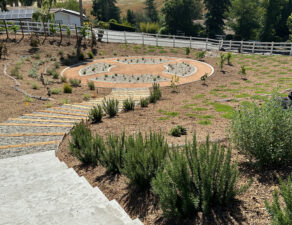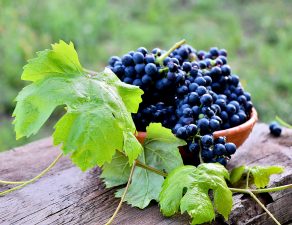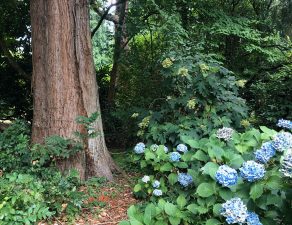
Garlic is definitely one of those “love it or hate it” foods. Occasionally you will meet someone who claims to hate garlic. They’re either very paranoid about their breath, or secretly a vampire (just kidding!) As for the rest of us, we know that garlic is delicious, and an absolute essential in a well-stocked kitchen. Garlic is even said to carry many health benefits.
As with most food crops, you might find that locally grown garlic is tastier and healthier.
Choose the right type of garlic. You might think “garlic is garlic”, but that just isn’t true! There are many different types of garlic, and you should choose a variety that will grow well in your particular geographic area.
In Southern California, we must consider the fact that some types of garlic, like Racambole, don’t grow well in our temperate winters. On the other hand, our weather is too warm for some varieties like Porcelain. Generally speaking, the “purple” varieties of garlic (Purple Striped, Glazed Purple, and Marbled Purple) do well here, as do the Asiatic, Asiatic Turban, Creole, and Artichoke types of garlic.
Planting your garlic. For best results, garlic should be planted during the cool season. Choose a spot in your garden that has rich, well-drained soil. If your soil contains a lot of clay, or tends to stay saturated, you will probably experience problems with rot.
A few days before planting, break up your bulbs into individual cloves. Plant them about two inches deep in the soil, with the root end pointing down.
Most of your garlic plants’ vegetative growth will occur in the spring. During this time, water them regularly, and consider adding nitrogen to the soil. If you chose a hardneck variety of garlic (better for East Coast planting), look for flower stalks which will appear in March or April. Before it begins to uncoil, prune the stalk to half an inch above the top plant leaf. Doing this will help your plant direct more of its growth energy to the bulb.
Harvesting your garlic. Watch your garlic plants for signs that it is time to harvest them. You will notice that the bottom leaves will begin to turn brown and dry. When just the top four or five leaves are still green, grasp your garlic plants close to the soil, and pull them straight up. Make bundles of five to ten plants, and hang them in a spot with indirect sunlight and good air circulation. When the bulbs are completely cured (in about three to four weeks), trim the roots and necks to about a half inch.
Storing your garlic. Store your bulbs in netted bags, in a cool, dark place. We don’t recommend storing your garlic in the refrigerator because the bulbs will begin to sprout. For short-term storage, room temperature is fine, but 45-55 degrees is better for long-term storage.
For help selecting the right garlic plants, or to learn more about growing garlic in your own garden, stop by our nursery. We will be happy to help!









Write a comment: